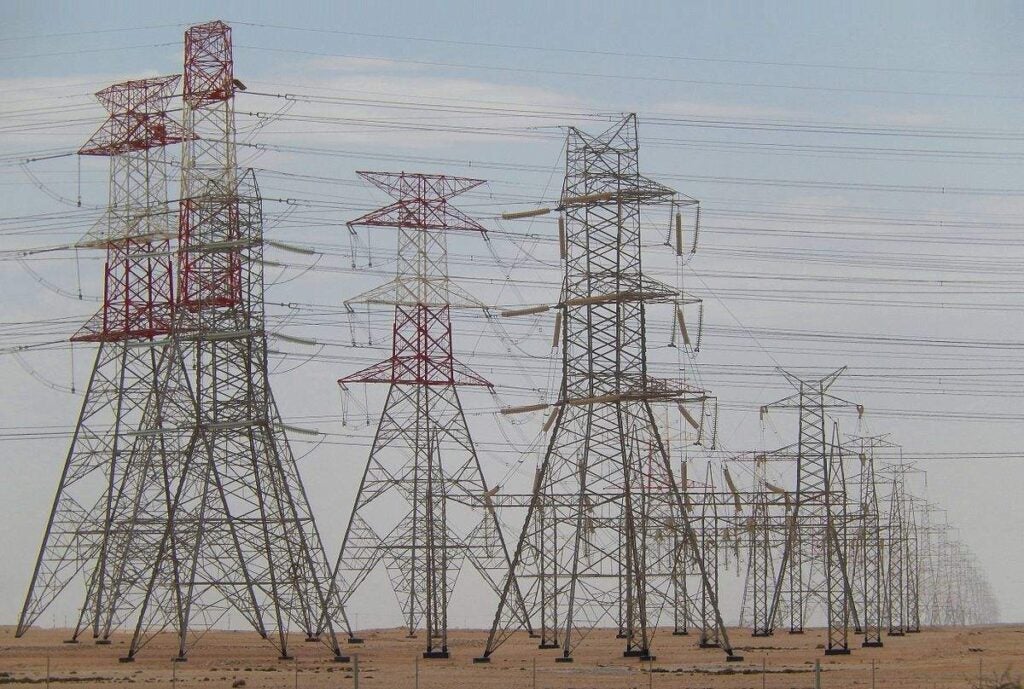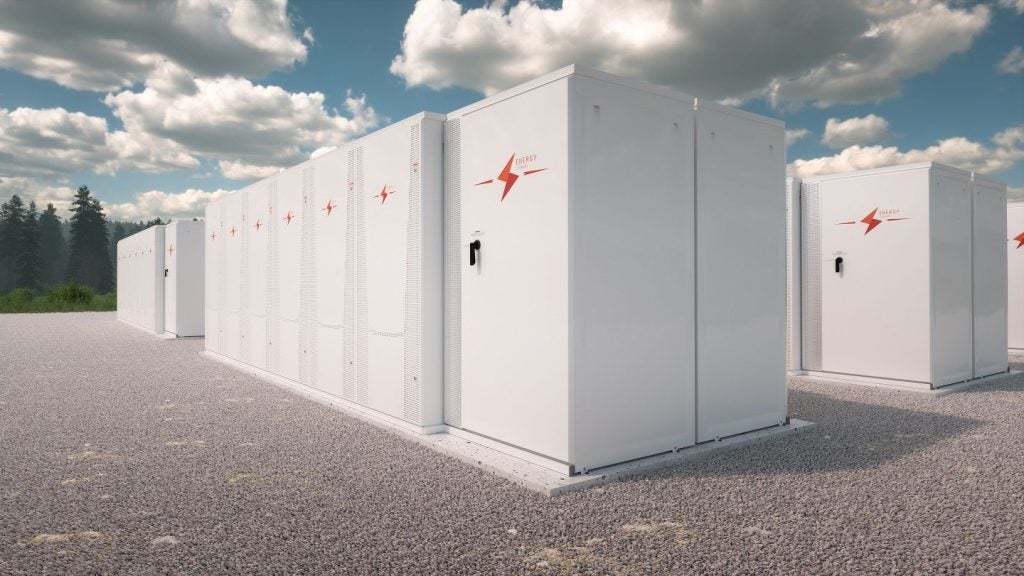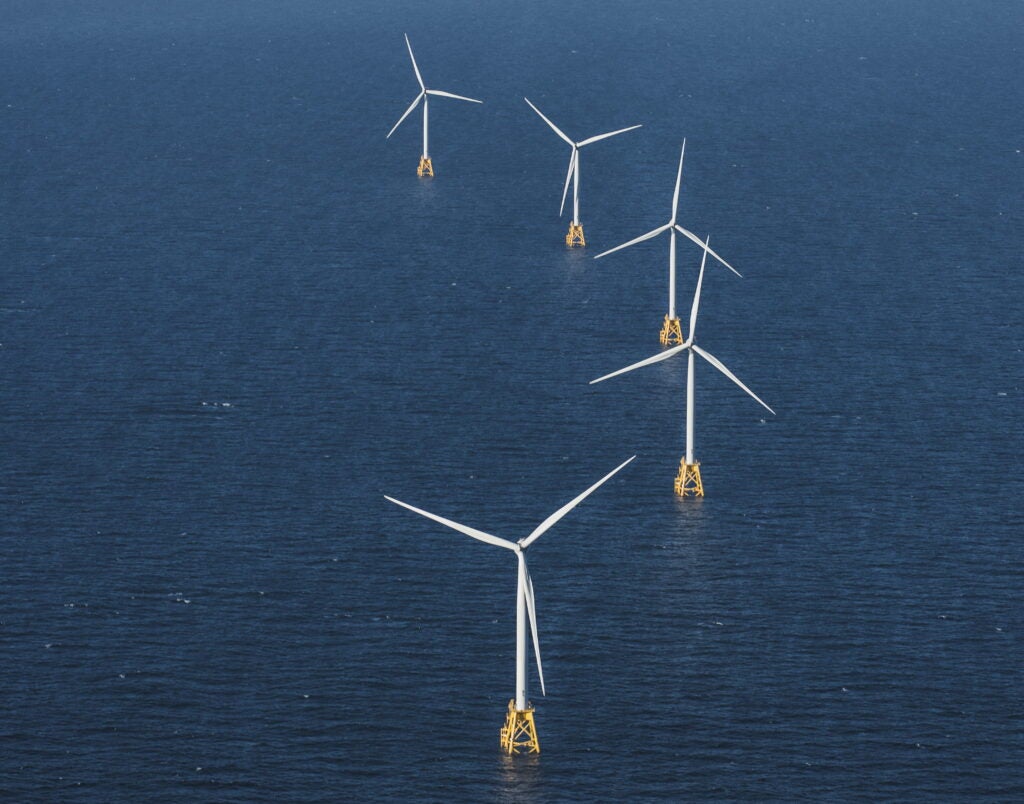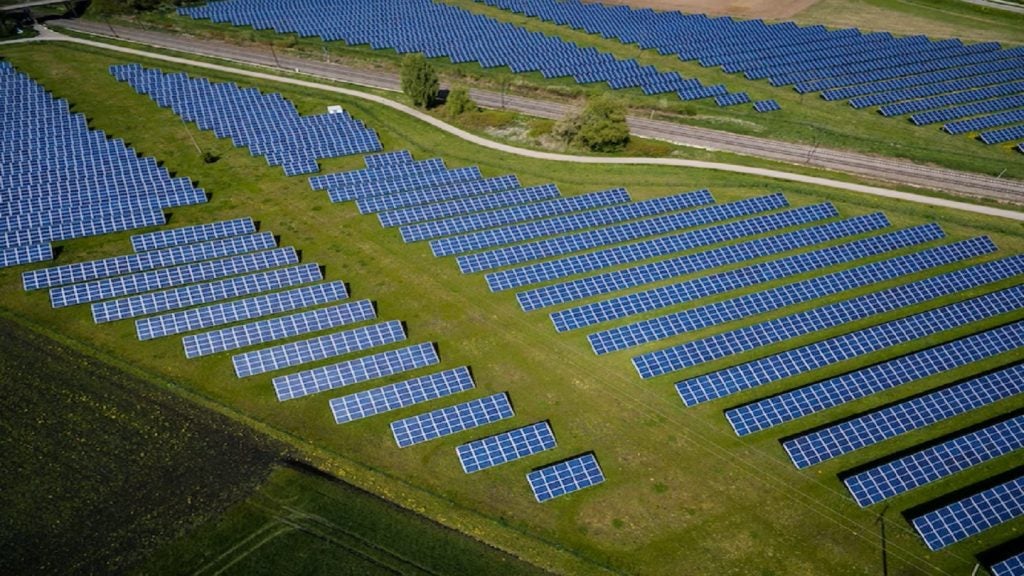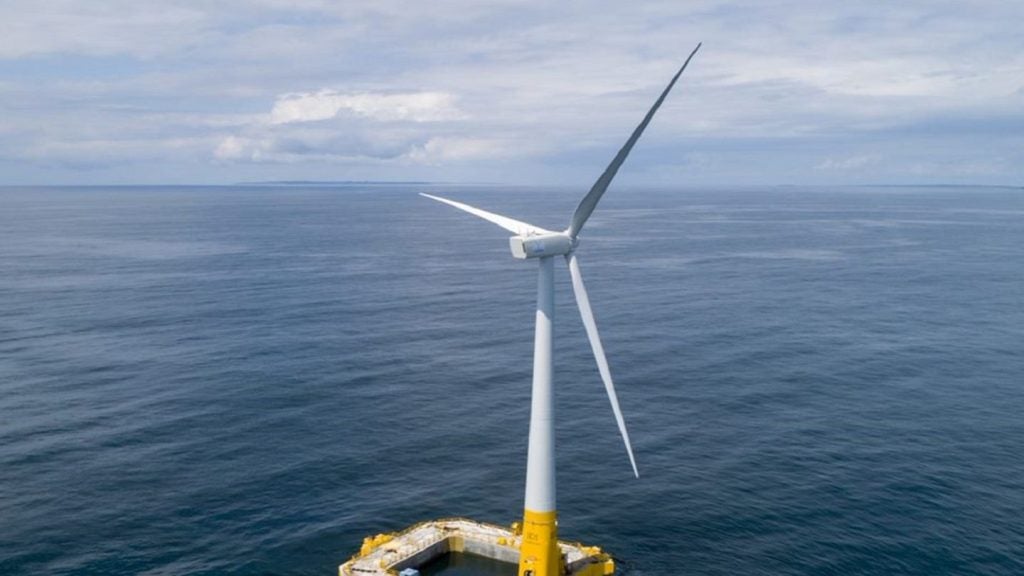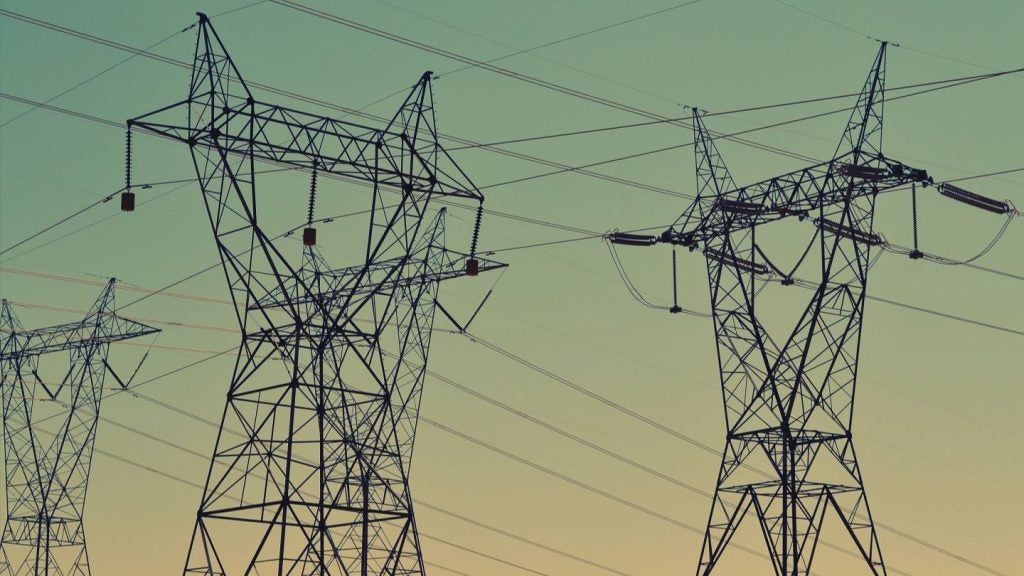Texas’ main grid operator, the Electric Reliability Council of Texas (ERCOT), is seeking bids from power producers to increase its electricity supply by 3GW, as fears of shortages continue to plague the US state.
ERCOT’s request for proposals seeks additional capacity from both dispatchable generation and demand response solutions. It is looking to cover any potential spikes in demand from December this year to February 2024.
"Dispatchable resources comprise nuclear, coal, gas, biomass and energy storage," but do not include wind and solar power, which cannot control output based on ERCOT instructions, the operator said in an emailed statement to Reuters.
ERCOT's bids request added that offers from mothballed or decommissioned power units could include a more than 10% "Incentive Factor that reflects the revenues the unit owner determines would be necessary to bring the unit back to operation".
The operator predicts that a winter storm equivalent to storm Elliott, which tore through North America last year, killing dozens and causing widespread power outages, would raise the risk of an electricity emergency during peak-demand hours to nearly 20%, almost double the 10% adequacy standard.
"ERCOT is not projecting energy emergency conditions this winter season, but we want to be prepared and ensure all available tools are readily available if needed," ERCOT president and CEO Pablo Vegas said.
Texas’ power demand hit record highs several days in a row this August. At the very beginning of the month, ERCOT said that it had enough backup resources to meet soaring demand. Then, just two weeks later, the operator announced it was deploying its emergency system, as backup power reserves had dropped below the critical 3GW level needed to maintain reliable supply, with relentless heatwaves continuing to drive up power demand.
Electricity security has been a top priority for Texas since a deadly winter storm hit the state in February 2021, triggering a power crisis that killed hundreds and resulted in an estimated $195bn in damages. At the time, temperatures fell to as low at -15°C, while more than four million residents became disconnected from the state’s power grid.
Energy prices in the state shot up in the storm’s aftermath. While gas suppliers and energy infrastructure companies profited from the crisis, some smaller utilities declared bankruptcy as a direct result of unpayable bills to ERCOT.


